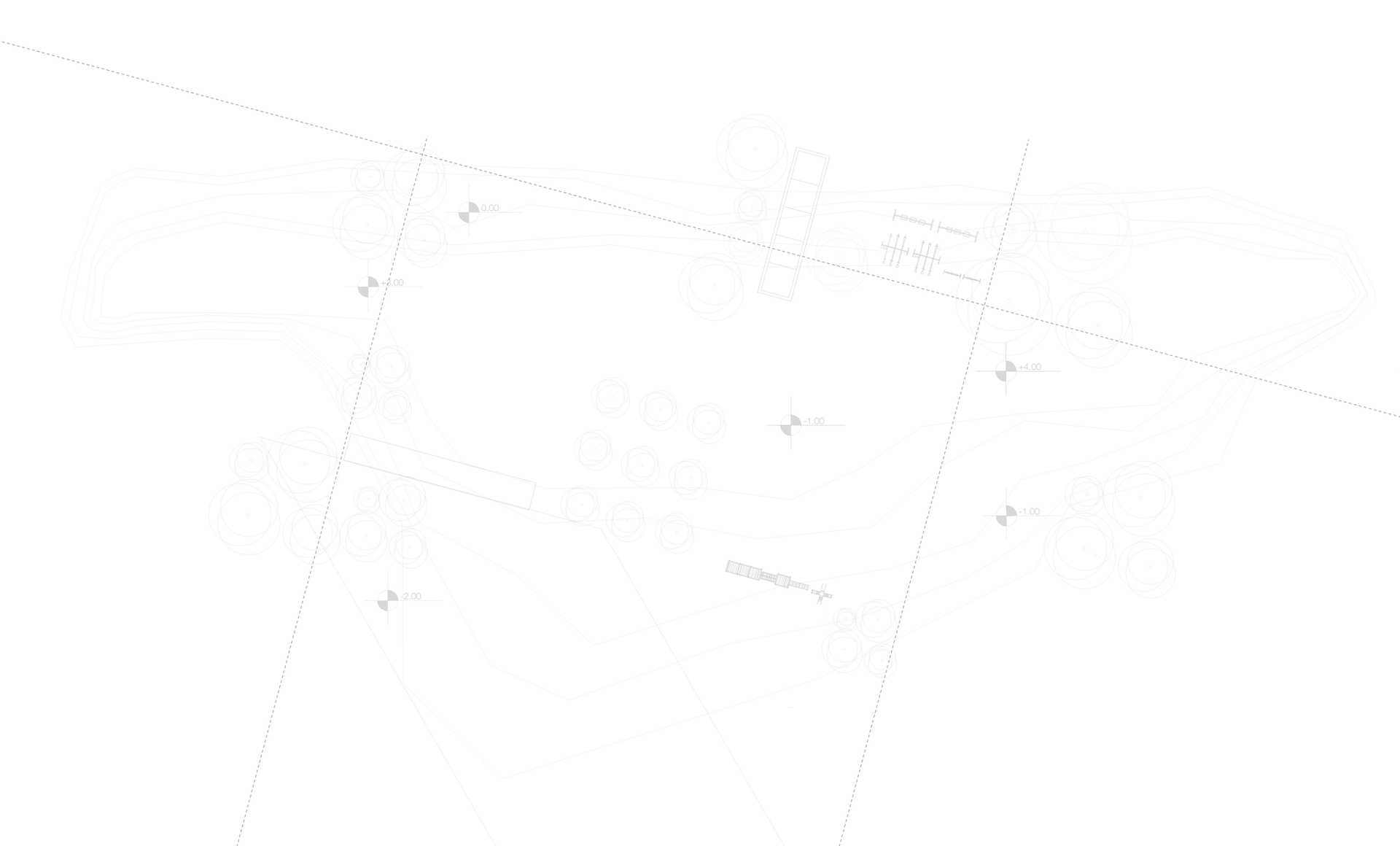Unveiling the Wonders of Butyl Rubber: The Liquid Rubber, Liquid EPDM, and EPDM Coatings
- EPDM Rubber
- Oct 23, 2023
- 2 min read
We are digging into the entrancing universe of Butyl Rubber, a phenomenal material with flexible applications in businesses in all cases. Butyl rubber, frequently alluded to as "liquid rubber," "liquid EPDM," or "EPDM coatings," is a manufactured rubber compound that has changed different areas, offering unequaled execution, sturdiness, and adaptability. How about we investigate the special properties and utilizations of Butyl rubber, and how it tends to be saddled as liquid rubber, liquid EPDM, and EPDM coatings.
Understanding Butyl Rubber:
Butyl rubber, a copolymer of isobutylene and a small amount of isoprene, stands out for its remarkable impermeability to gases and liquids. This exceptional property makes it a preferred choice in applications where sealing and insulation are essential. Whether in the automotive, construction, or manufacturing industries, Butyl Rubber has proven its mettle by providing reliable protection against moisture, gases, and environmental factors.
Liquid Rubber:
Butyl rubber's adaptability to transform into a liquid state, commonly known as "liquid rubber," is a game-changer. This transformation is achieved through a specialized process, allowing it to be applied as a coating or sealant. The capacity to apply Butyl Rubber in its fluid structure makes it ideal for different waterproofing applications, from material to tank lining. It makes a solid, impermeable obstruction that guarantees durable insurance against water interruption and consumption.

Liquid EPDM:
Another remarkable facet of Butyl Rubber is its evolution into "liquid EPDM." EPDM, short for ethylene propylene diene monomer, is a synthetic elastomeric with exceptional weather resistance. Combining Butyl Rubber with EPDM characteristics results in a versatile material ideal for roofing systems, RV and camper roof repairs, and even pond lining. Liquid EPDM boasts superior durability and resistance to extreme weather conditions, UV radiation, and temperature fluctuations.
EPDM Coatings:
The application of Butyl Rubber as "EPDM coatings" is integral to various industrial and commercial sectors. These coatings serve as protective layers on a wide range of surfaces, ensuring longevity and resilience. EPDM coatings are extensively used in the construction and automotive industries, among others, for their ability to safeguard against harsh environmental elements and extend the life of structures and vehicles.
Conclusion:
Butyl Rubber, in its various forms, has cemented its position as a foundational material for industries requiring sealing, insulation, and protection against the elements. As "liquid rubber," "liquid EPDM," or "EPDM coatings," it not only meets but exceeds expectations. Its adaptability, durability, and impermeability to liquids and gases make it an indispensable asset across a spectrum of applications.





Comments